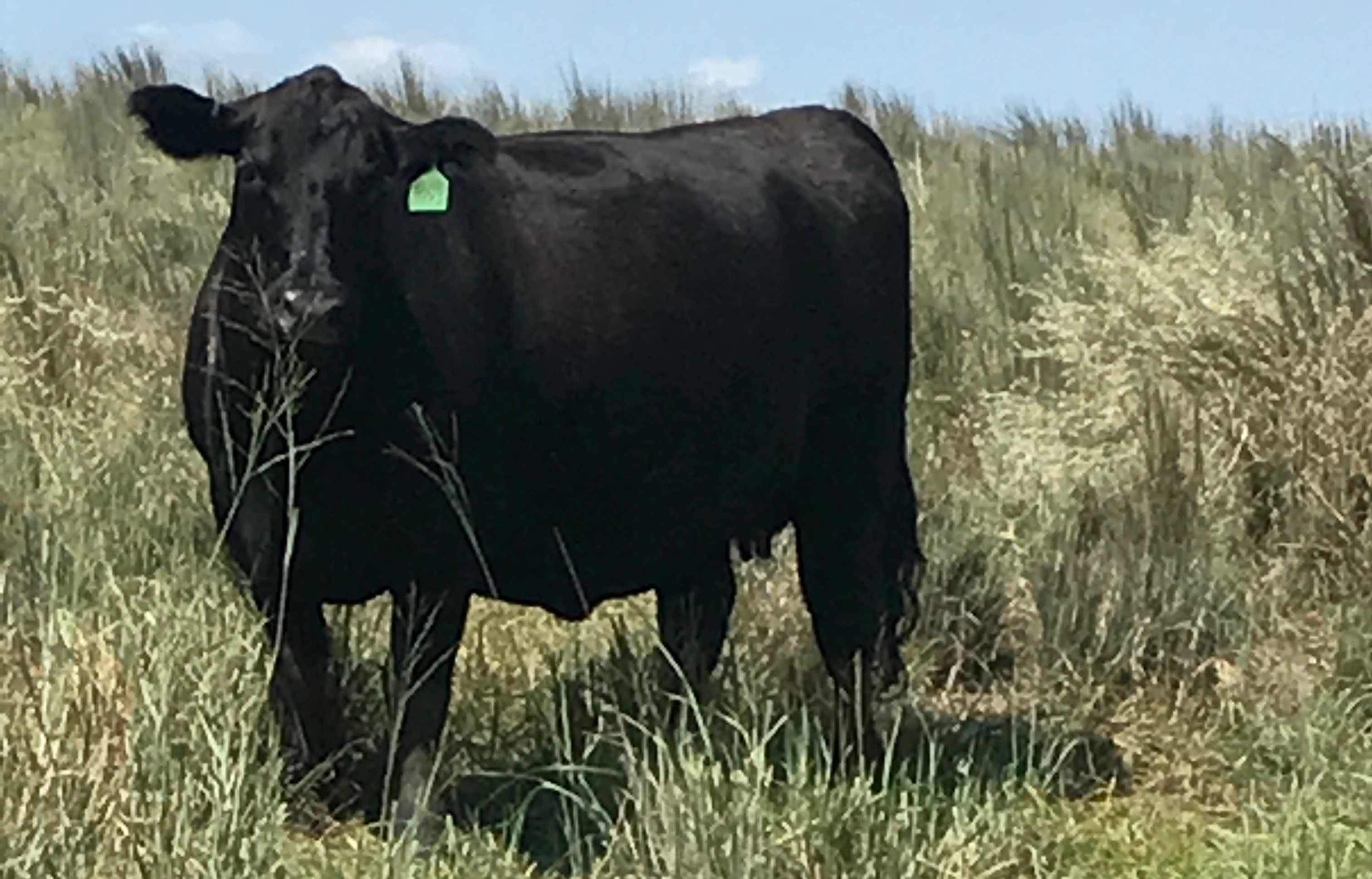Farm & Ranch
Meanwhile back at the ranch…

By Rayford Pullen
If you’ve ever wondered which month of the year the wind blows the least, just get you a windmill and a small trough for a herd of cattle, and you’ll soon find yourself hauling water in August. Not much good can be said about August most years, but hot and dry seems to describe it best.
As we all look for a cooler place to be, (anywhere the air-conditioning is working is just fine) it’s a great time to begin thinking about our plans for the fall, which is just around the corner and with it, hopefully cooler temperatures. Our major focus this time of year is making plans for our fall and winter pastures, which on our place is establishing ryegrass for fall and winter grazing.
We have seen and done many things throughout the years with some working and some not when it comes to getting the biggest bang for our buck in regards to early grazing and winter forage. We have done the wheat, rye, oats, triticale, barley, turnips, ryegrass, and combinations of all these, but when the sun set we discovered that the best thing that worked for us was ryegrass, but we had to do the right things at the right time to make it work.
By using the ryegrass and planting it right, we were able to greatly reduce or eliminate the health problems associated with the most common winter forage wheat. We had a lot fewer insect problems and seldom have had to spray for any insects except armyworms on rare occasion. Deleting wheat from our program also greatly reduced and mostly eliminated cattle dying from bloat and wheat grass tetany in our cows nursing calves.
To read more pick up a copy of the August 2018 NTFR issue. To subscribe call 940-8725922.
Farm & Ranch
Hazards of Backyard Poultry

By Barry Whitworth, DVM
Having backyard poultry is a popular agriculture enterprise. According to the United States Department of Agriculture, 0.8 percent of all households in the United States have chickens. People keep chickens for a variety of reasons with table eggs being one of the more common reasons.
Unfortunately, some of these poultry producers are not aware of the hazards that come with keeping poultry because many times they carry pathogens but appear healthy.
Chickens are carriers of several zoonotic diseases. These are diseases that can be passed from animals to humans. According to a recent survey in Pennsylvania, a majority of backyard poultry producers were aware of the dangers of avian influenza. However, this study also revealed that far fewer producers were aware of the risk of possible exposure to Salmonella and Campylobacter.
The lack of knowledge about the hazards of raising poultry likely contributes to the continued issues of Salmonella outbreaks associated with backyard poultry. In 2023, the Centers for Disease Control and Prevention reported 1,072 illnesses of Salmonella linked to backyard poultry, and 272 of those patients required hospitalization. Oklahoma reported 43 individuals with the disease.
To read more, pick up a copy of the April issue of NTFR magazine. To subscribe by mail, call 940-872-5922.
Farm & Ranch
Ag Elsewhere: Wyoming

By Tressa Lawrence
Babies are tucked away in every nook and cranny. Many ranchers across Wyoming have baby animals popping up all over this time of year.
Farm & Ranch
Ag Elsewhere: Montana

By Lindsey Monk
Another load of grain in to keep feeding the calves until the green grass can really start popping.
-

 Country Lifestyles1 year ago
Country Lifestyles1 year agoScott & Stacey Schumacher: A Growth Mindset
-

 Equine7 months ago
Equine7 months agoThe Will to Win
-

 Country Lifestyles7 years ago
Country Lifestyles7 years agoStyle Your Profile – What your style cowboy hat says about you and new trends in 2017
-

 Country Lifestyles4 years ago
Country Lifestyles4 years agoAmber Crawford, Breakaway Roper
-

 HOME7 years ago
HOME7 years agoGrazing North Texas – Wilman Lovegrass
-

 Country Lifestyles7 years ago
Country Lifestyles7 years agoDecember 2016 Profile, Rusty Riddle – The Riddle Way
-

 Country Lifestyles8 years ago
Country Lifestyles8 years agoJune 2016 Profile – The man behind the mic: Bob Tallman
-

 Outdoor9 years ago
Outdoor9 years agoButtercup or Primrose?






